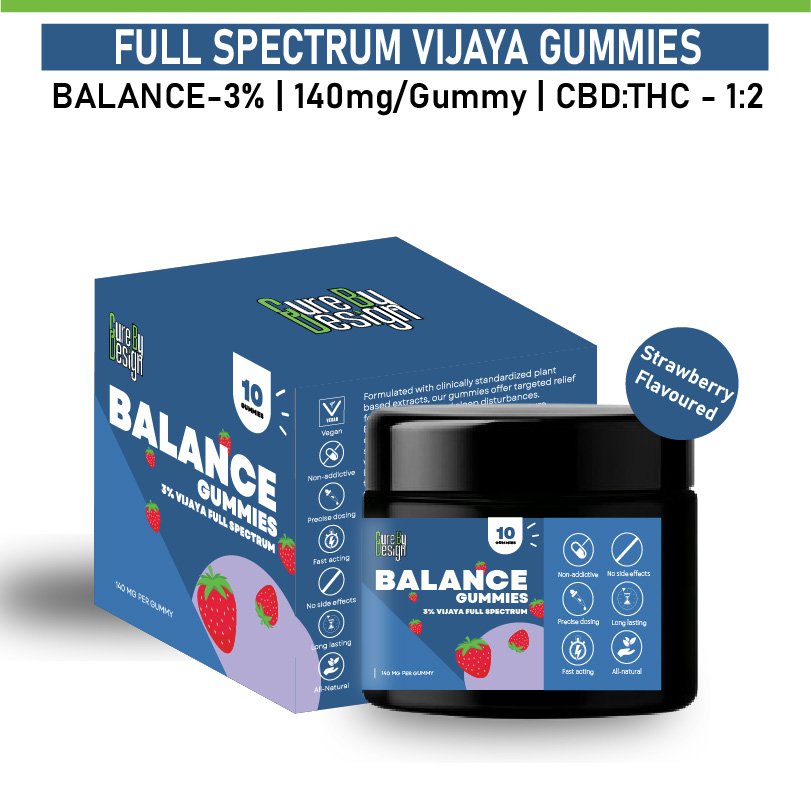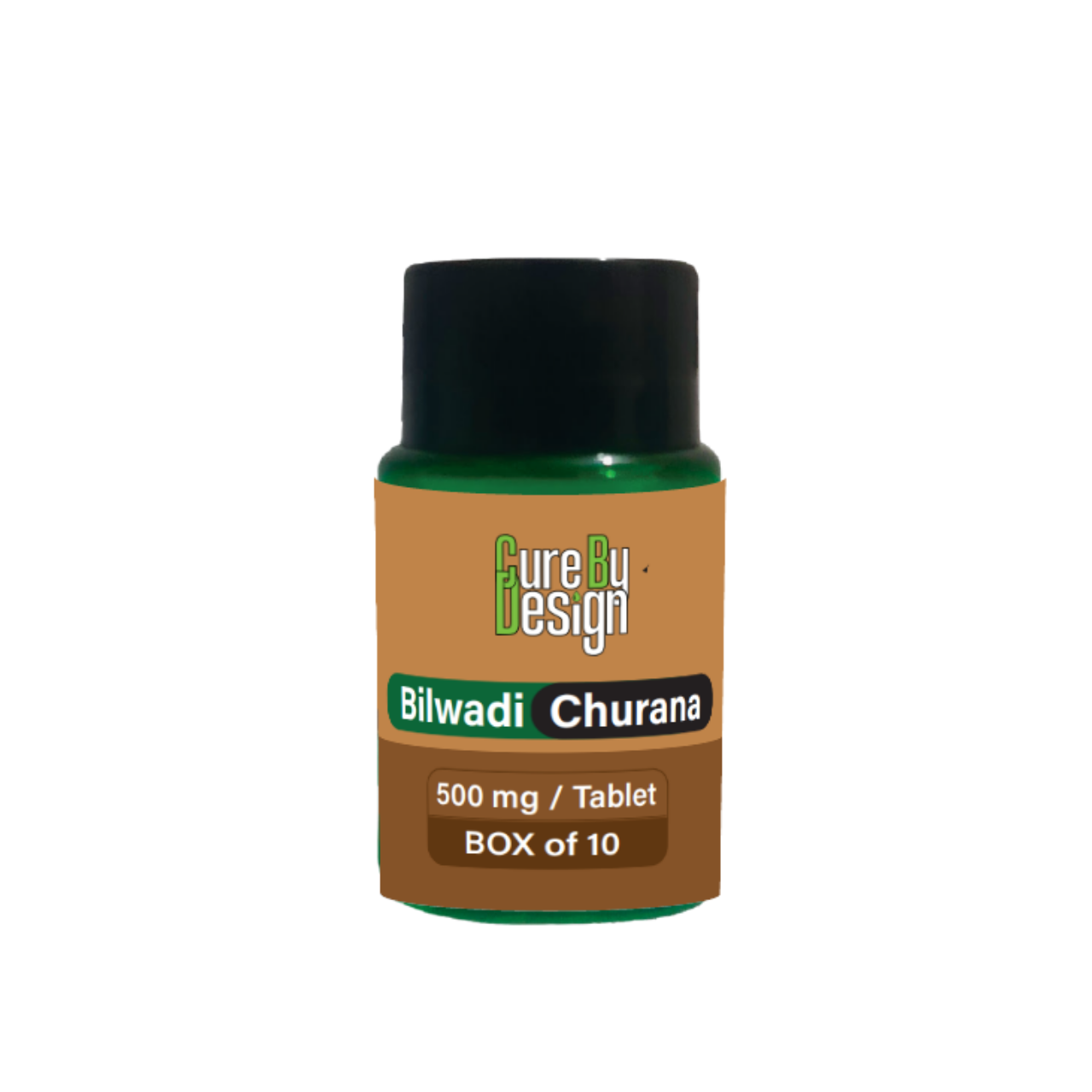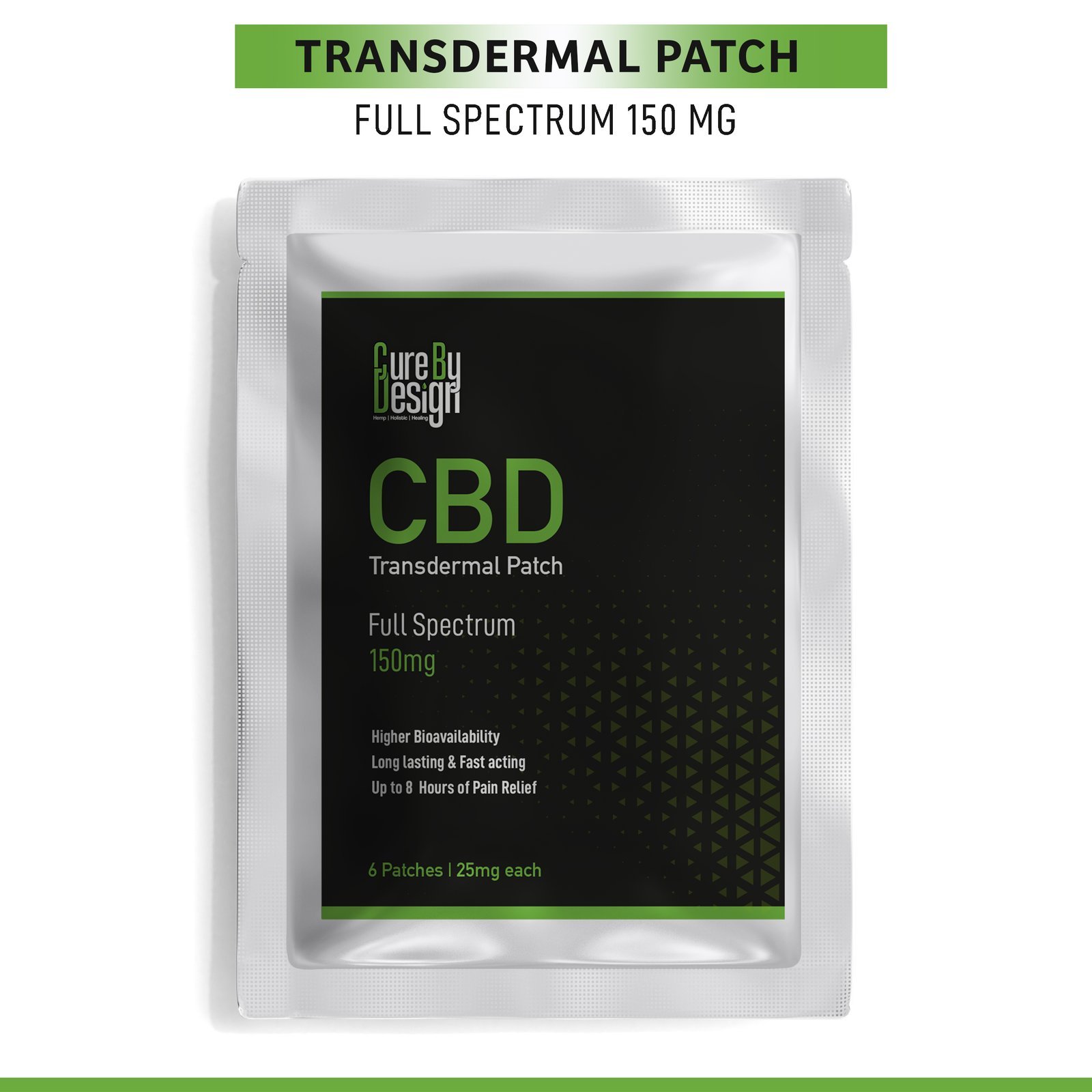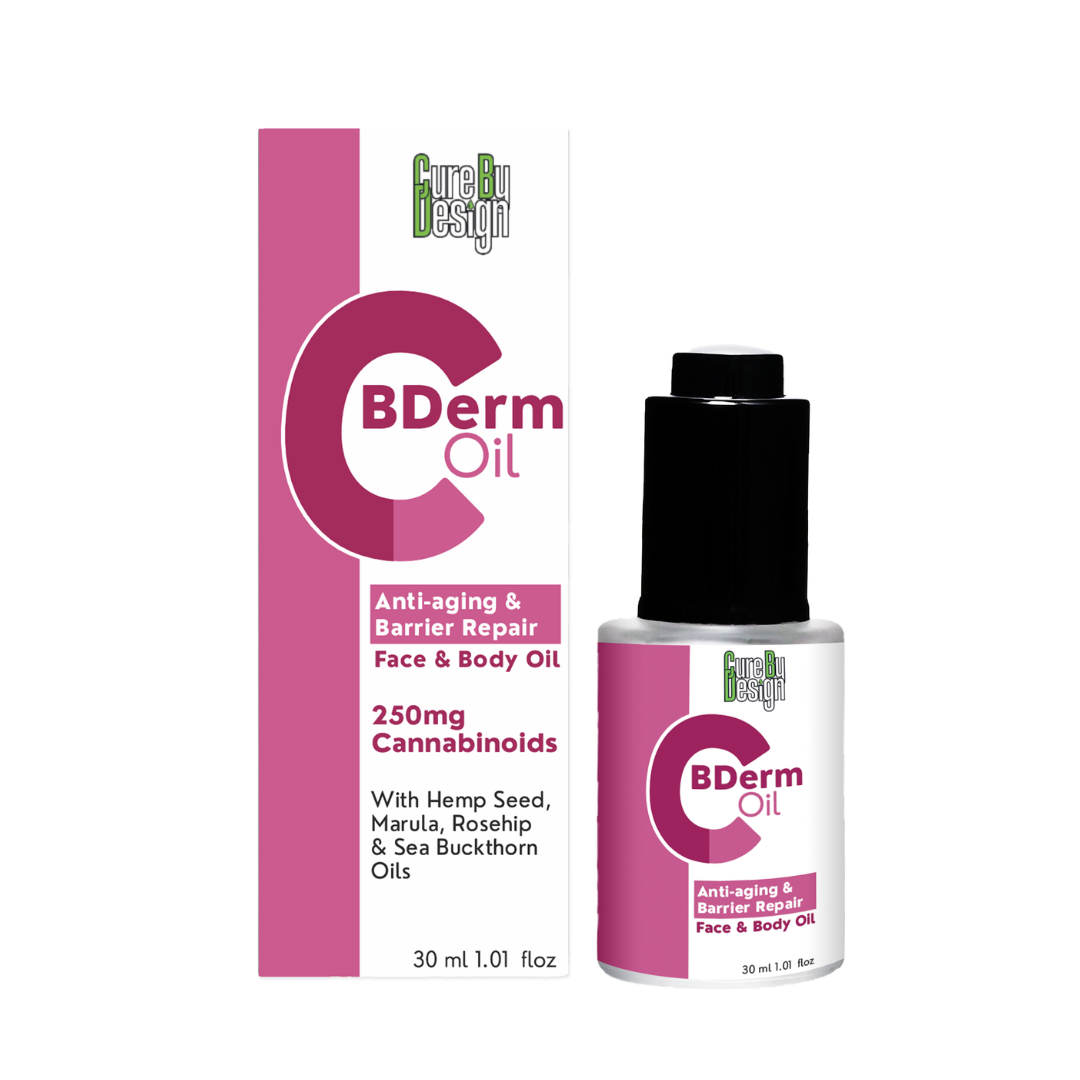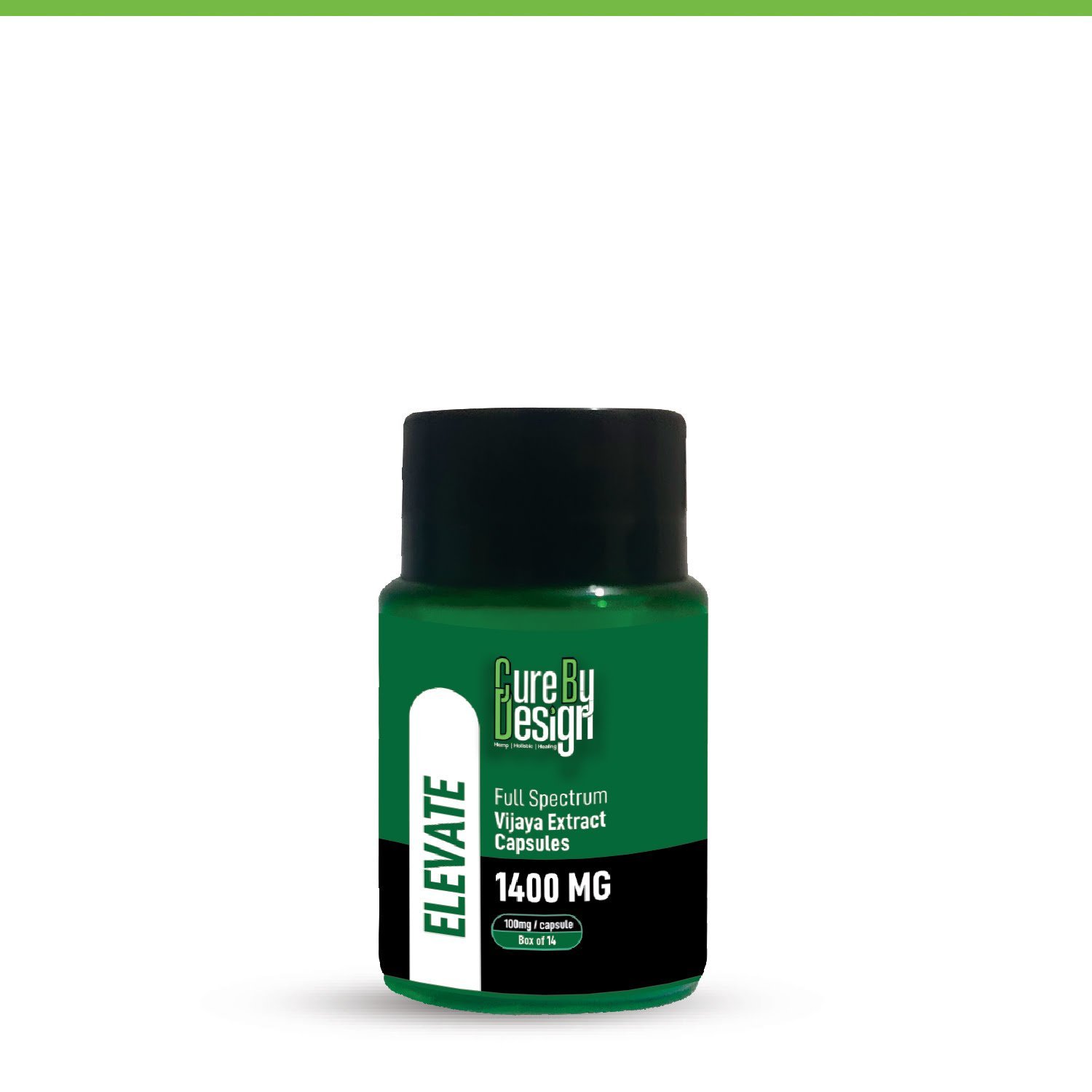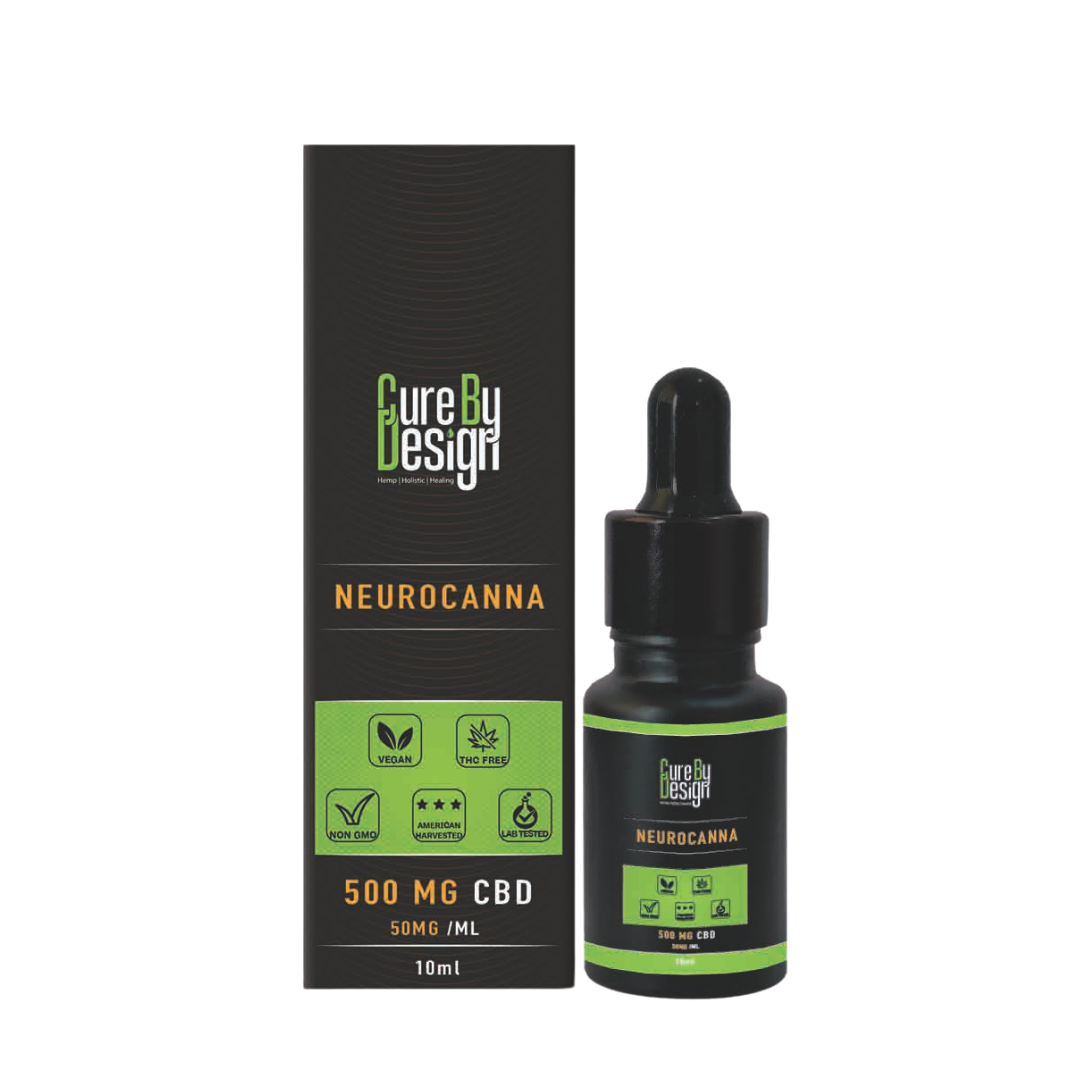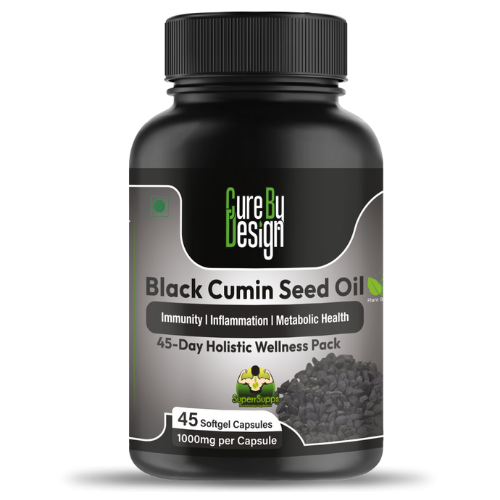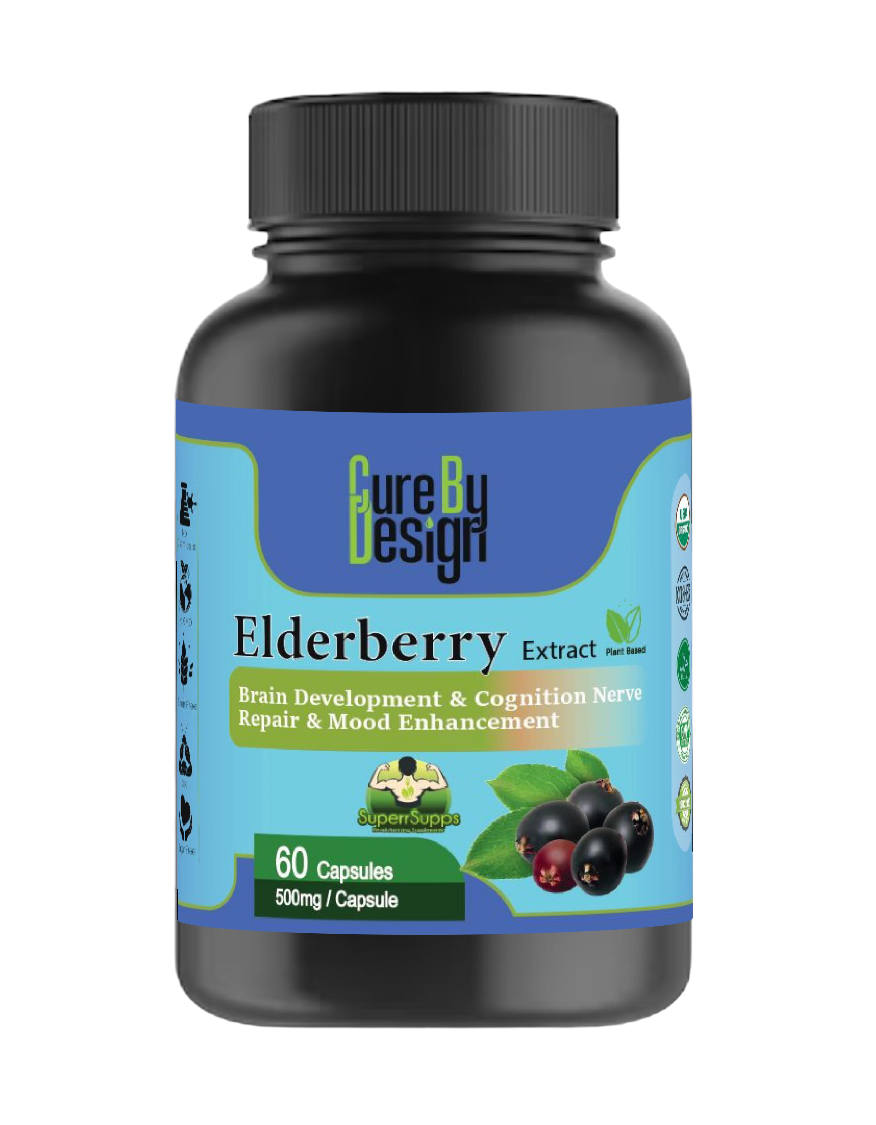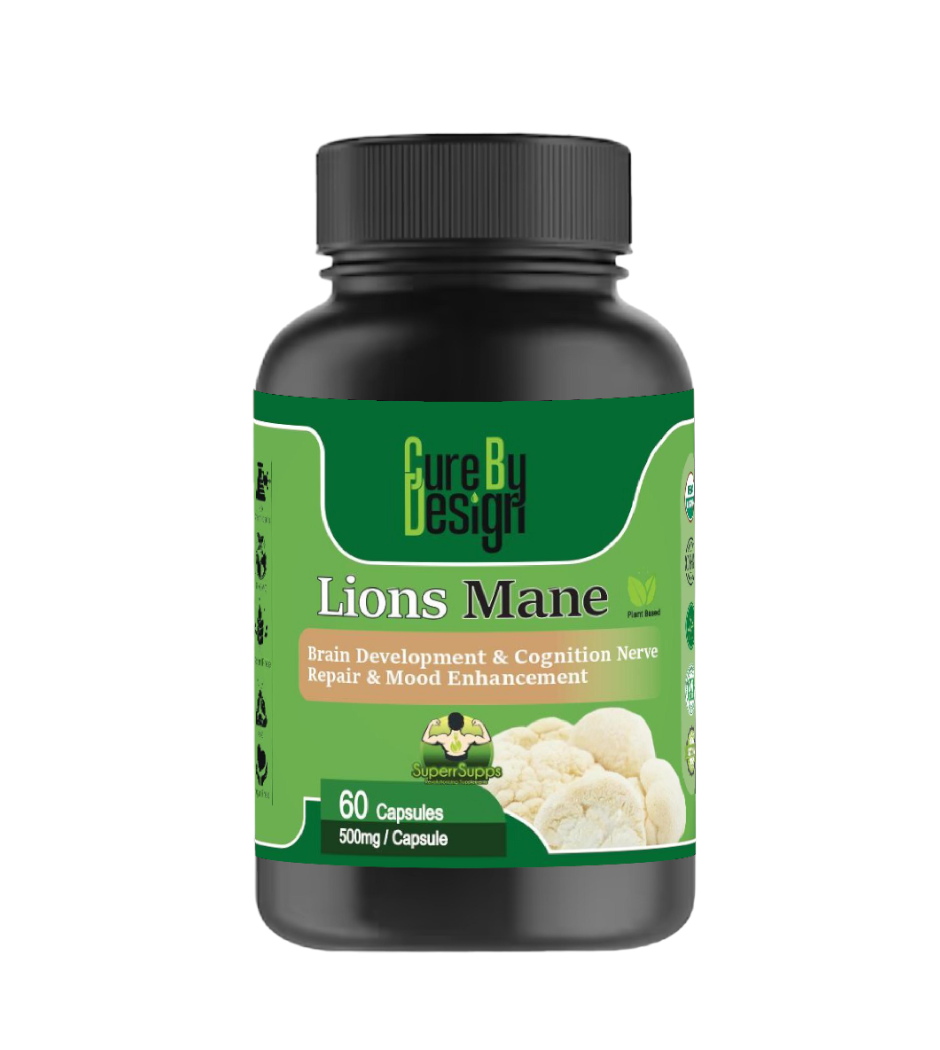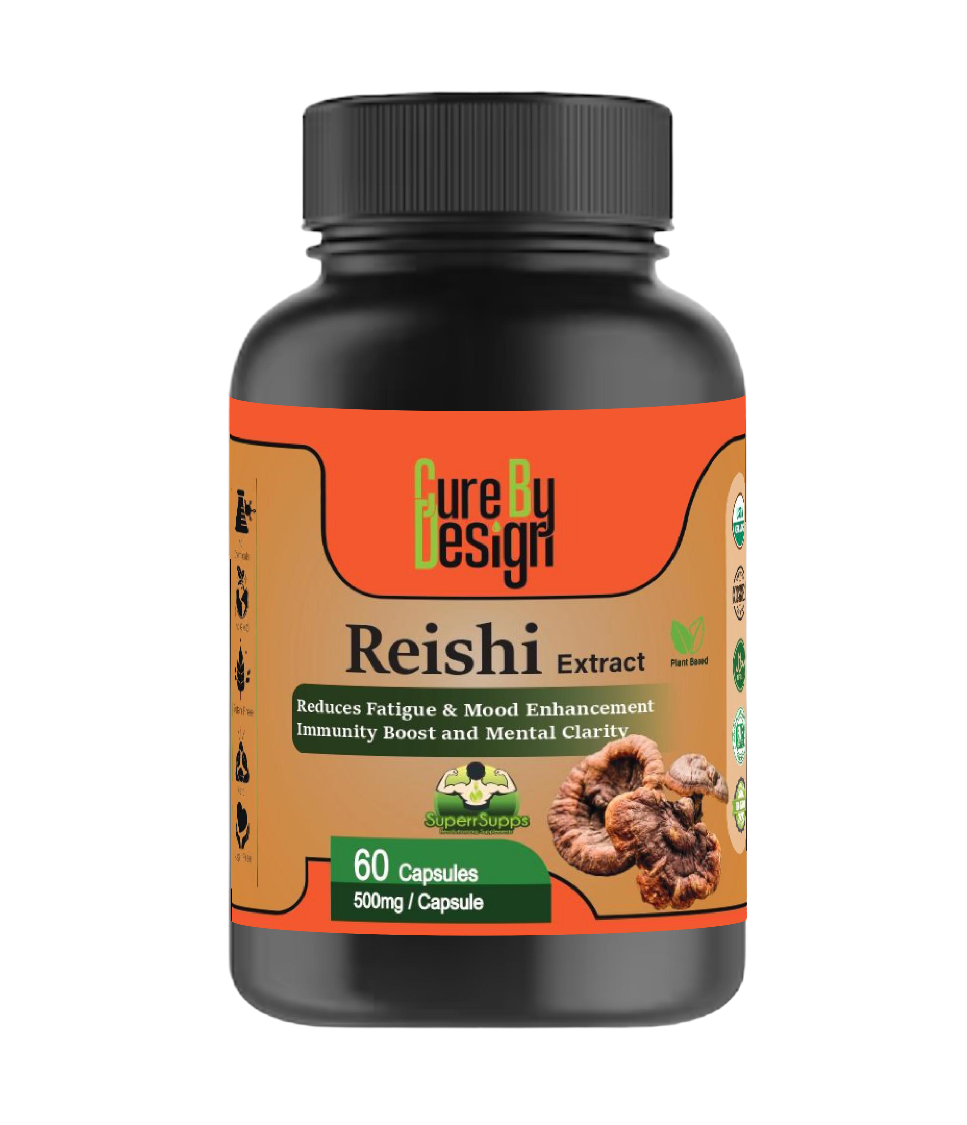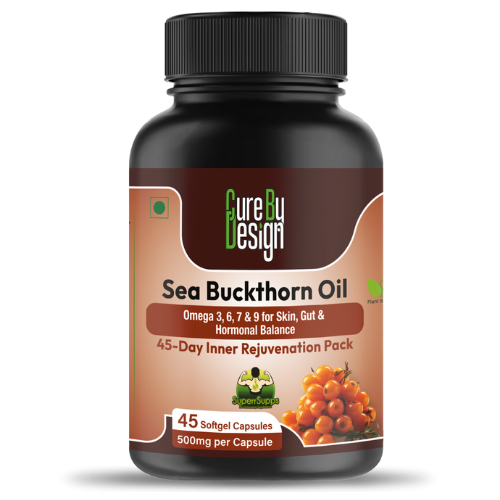CBD Oil for Arthirtis

Table of Contents
- What Is CBD and How Does It Relate to Arthritis
- Common Types of Arthritis and Their Symptoms
- How CBD Works with the Body’s Endocannabinoid System
- Research Studies on CBD’s Effects in Arthritis
- Ways CBD May Help Relieve Arthritis Symptoms
- Possible Side Effects and Risks of Using CBD
- Recommended CBD Dosages and Ways to Use It
- Legal Rules Surrounding CBD Use for Arthritis
- Patient Stories and Medical Expert Views on CBD
- Future Research Needs and What to Expect Next
- Frequently Asked Questions
Cannabidiol, or CBD, is a compound from the hemp plant that doesn’t cause a high and is being looked at as an option for arthritis symptoms. Arthritis causes joint pain, stiffness, and swelling, affecting millions worldwide. While usual treatments like NSAIDs and steroids help many people, some find them less effective or hard to tolerate. Research shows CBD may reduce inflammation and ease pain by interacting with the body’s endocannabinoid system. Early studies in animals and humans suggest CBD could improve quality of life for arthritis patients with fewer side effects than traditional drugs. Still, more research is needed to confirm its effectiveness and safety.
What Is CBD and How Does It Relate to Arthritis
CBD, or cannabidiol, is a natural compound found mainly in hemp plants. Unlike THC, the part of cannabis that causes a high, CBD does not produce any intoxicating effects. Arthritis is a condition that causes joint inflammation, resulting in pain, swelling, stiffness, and limited movement. The two primary types of arthritis are osteoarthritis, which comes from cartilage breakdown usually due to wear and tear, and rheumatoid arthritis, an autoimmune disorder where the body’s immune system attacks the joints. Millions of people around the world live with arthritis, and it is one of the leading causes of long-term disability. Traditional treatments like NSAIDs, steroids, and disease-modifying drugs can help manage symptoms but often come with side effects or don’t fully relieve pain. CBD has attracted attention as a potential alternative or supplement because it may influence inflammation and pain without many of these side effects. Extracted mostly from hemp plants that contain very little THC, CBD interacts with the body’s endocannabinoid system, which plays a role in regulating pain and immune responses. Many users report that CBD helps ease their arthritis symptoms, which has led to more scientific studies exploring how it works. Understanding CBD’s connection to arthritis means looking at how it affects the body’s inflammation and pain pathways, offering a different approach to managing this common condition.
Common Types of Arthritis and Their Symptoms
Arthritis encompasses several types, each with distinct causes and symptoms, though overlap exists. Osteoarthritis is the most common form and results from the gradual wear and tear of joint cartilage, often affecting knees, hips, and hands. People with osteoarthritis typically experience joint pain, stiffness especially after periods of inactivity, swelling, and a reduced range of motion. Rheumatoid arthritis (RA) is an autoimmune condition where the immune system mistakenly attacks the lining of the joints, causing inflammation. RA symptoms include joint pain, swelling, prolonged morning stiffness lasting more than an hour, fatigue, and sometimes fever. Psoriatic arthritis is linked with psoriasis, a skin condition, and can cause joint pain, swelling, and stiffness similar to RA. Gout is caused by uric acid crystals accumulating in the joints, leading to sudden, intense pain and swelling, often starting in the big toe. Juvenile arthritis affects children and is marked by persistent joint inflammation and pain. Less common types include ankylosing spondylitis, which mainly involves inflammation of the spine, and lupus-related arthritis, which is part of a broader autoimmune disorder. While symptoms like pain and swelling are common across types, their severity and progression vary. Proper identification of the arthritis type is crucial to tailor treatment strategies, including considering options like CBD for symptom relief.
<<Degenerative joint disease caused by cartilage wear and tear<Joint pain, stiffness after inactivity, swelling, reduced range of motion<Knees, hips, hands<<Autoimmune disorder attacking joint linings<Joint pain, swelling, morning stiffness lasting over an hour, fatigue, fever<Smaller joints like wrists and fingers, can be systemic<<Associated with psoriasis skin symptoms<Joint pain, swelling, stiffness<Various joints, including fingers and spine<<Uric acid crystal buildup in joints<Sudden intense pain, swelling, redness<Usually the big toe, but can affect other joints<<Persistent joint inflammation in children<Joint pain, swelling, stiffness<Various joints, depending on type<<Inflammation of spine and sacroiliac joints<Chronic back pain, stiffness, reduced spinal mobility<Spine and pelvis<<Systemic autoimmune condition affecting joints<Joint pain, swelling, fatigue, rash<Multiple joints often symmetrical
| Type of Arthritis | Cause | Common Symptoms | Typical Affected Areas |
|---|---|---|---|
| Osteoarthritis (OA) | |||
| Rheumatoid Arthritis (RA) | |||
| Psoriatic Arthritis | |||
| Gout | |||
| Juvenile Arthritis | |||
| Ankylosing Spondylitis | |||
| Lupus-related Arthritis |
How CBD Works with the Body’s Endocannabinoid System
The endocannabinoid system (ECS) plays a key role in regulating pain, inflammation, immune responses, and mood, factors that are all relevant in arthritis. It consists mainly of two receptor types: CB1 receptors, found mostly in the brain and nervous system, and CB2 receptors, located largely on immune cells and peripheral tissues. Unlike THC, CBD does not bind strongly to these receptors but influences their activity indirectly. Instead, CBD interacts with other receptors like TRPV1, which is involved in pain perception, and serotonin receptors, linked to mood regulation. By modulating the ECS, CBD can help reduce pain signals and inflammation that contribute to arthritis symptoms. It may also boost the body’s own endocannabinoids or prevent their breakdown by blocking enzymes, enhancing the system’s natural balance. Because the ECS affects multiple pathways, CBD’s impact may extend beyond pain relief to improving mood and immune function. Though the exact mechanisms are still being studied, this complex interaction helps explain why CBD shows promise as a supportive option for managing chronic conditions like arthritis.
Research Studies on CBD’s Effects in Arthritis
Animal studies consistently show that CBD can reduce joint inflammation and pain behaviors in arthritis models. For example, a 2016 study found that applying topical CBD lowered swelling and improved pain symptoms in arthritic rats. Preclinical research also reveals that CBD reduces inflammatory markers and suppresses immune cell activity related to arthritis, indicating its potential to modulate the immune response. Human clinical trials remain limited but offer some encouraging results. A 2020 trial reported that CBD was well tolerated by arthritis patients and helped improve both pain scores and sleep quality, which are critical factors for quality of life. Systematic reviews of existing studies highlight these promising effects but emphasize the need for larger, well-controlled human trials to confirm efficacy and safety. Research is ongoing to determine the best dosing strategies, long-term effects, and the safety profile of CBD in arthritis treatment. However, variability in CBD formulations across studies makes it difficult to draw firm conclusions at this time. Overall, while early evidence supports CBD’s potential role in managing arthritis symptoms, it is not yet sufficient to recommend CBD as a primary therapy. Ongoing trials aim to clarify its true effectiveness and help establish guidelines for clinical use.
Ways CBD May Help Relieve Arthritis Symptoms
CBD may help ease arthritis symptoms through several interconnected ways. It interacts with the body’s endocannabinoid system and other receptors to reduce joint pain by influencing pain pathways, offering relief without the intoxication linked to THC. One key benefit is its anti-inflammatory effect, which can lower the production of cytokines responsible for joint swelling and tissue damage, potentially slowing down the progression of arthritis-related inflammation. Many patients also report better sleep when using CBD, which can be crucial since chronic pain often disrupts rest; improved sleep contributes to better pain management and overall wellbeing. Additionally, CBD’s calming properties might reduce anxiety and depression that often accompany long-term arthritis, helping improve mood and quality of life. Some evidence suggests CBD may protect nerves from damage caused by chronic inflammation, offering a neuroprotective effect that could be important in conditions like rheumatoid arthritis. Unlike NSAIDs or opioids, CBD generally has a mild side effect profile, making it a potentially safer option for some patients seeking alternatives. Topical CBD products allow targeted application directly to painful joints, which can provide localized relief and may improve mobility by reducing stiffness. Taken together, these effects on pain, inflammation, mood, and sleep contribute to CBD’s potential as a supportive therapy in managing arthritis symptoms and enhancing daily functioning.
Possible Side Effects and Risks of Using CBD
While CBD is generally considered safe, it can cause some side effects such as dry mouth, fatigue, diarrhea, and changes in appetite or weight. Some users may also experience dizziness or low blood pressure, especially when taking higher doses. CBD interacts with liver enzymes known as CYP450, which can affect how the body processes other medications, including blood thinners, potentially leading to harmful drug interactions. Because of this, it’s important for patients to discuss CBD use with their healthcare providers before starting treatment. The quality and purity of CBD products can vary widely; some may contain unexpected levels of THC or contaminants, posing additional risks. Moreover, unregulated products might not have the amount of CBD listed on the label, resulting in ineffective or unsafe dosing. Long-term safety data on chronic CBD use is still limited, so more research is needed to understand its full risk profile. Rarely, allergic reactions to CBD can occur, so initial monitoring is advisable. Pregnant or breastfeeding women should avoid CBD due to insufficient safety information. Being aware of these potential risks helps patients make informed choices about using CBD for arthritis management.
- Common side effects include dry mouth, fatigue, diarrhea, and changes in appetite or weight.
- CBD may interact with liver enzymes (CYP450), affecting how other drugs are metabolized, including blood thinners.
- Variability in product quality means some CBD products may contain THC or contaminants, posing risks.
- Long-term safety data for chronic CBD use are limited and require further research.
- Some users may experience dizziness or low blood pressure, especially at higher doses.
- CBD can cause allergic reactions in rare cases, so initial monitoring is recommended.
- Patients should discuss CBD use with healthcare providers to avoid harmful drug interactions.
- Unregulated products may not contain the labeled amount of CBD, leading to ineffective or unsafe dosing.
- Pregnant or breastfeeding women should avoid CBD due to insufficient safety data.
- Awareness of risks helps patients make informed decisions about using CBD for arthritis.
Recommended CBD Dosages and Ways to Use It
There are no official dosing guidelines for CBD in arthritis, but typical daily doses range from 10 mg to 50 mg depending on individual response. It’s best to start with a low dose and gradually increase until you find the minimum effective amount that eases your symptoms. Oral forms like capsules, oils, and tinctures take longer to work but provide longer-lasting relief, making them suitable for overall symptom management. Topical products such as creams and balms can be applied directly to painful joints, offering targeted relief with minimal absorption into the bloodstream. While inhalation methods like vaping provide rapid onset, they are less common for arthritis treatment. Factors like body weight, severity of symptoms, and other medications you take can influence the right dose for you. Sticking to the same product type and dose consistently helps track how well CBD works and any side effects. Some patients find combining oral and topical CBD gives broader symptom control. It’s important to consult with a healthcare professional before starting CBD, especially if you’re on other medications, due to potential drug interactions. Monitoring your response and adjusting the dose as needed can help you manage arthritis symptoms more effectively.
Legal Rules Surrounding CBD Use for Arthritis
In the United States, hemp-derived CBD products containing less than 0.3% THC are federally legal under the 2018 Farm Bill, making them widely accessible for arthritis patients. However, state laws vary significantly: some states have additional restrictions, require prescriptions, or limit CBD use to specific medical conditions, which sometimes exclude arthritis. CBD products derived from marijuana plants with higher THC levels remain federally illegal but are allowed in certain states with medical or recreational cannabis laws. Internationally, the legal landscape is even more complex, with some countries banning or heavily regulating CBD use altogether. Because of these differences, patients should carefully check local laws before purchasing or using CBD products to avoid legal complications. Additionally, many areas lack consistent quality and labeling standards, meaning product reliability can vary, which is a crucial consideration for safe use. The legal status directly impacts how easy it is to access CBD, the pricing, and what types of products are available to arthritis sufferers. As legal frameworks continue to evolve, patients and healthcare providers should stay informed about potential changes that could affect CBD availability and use.
Patient Stories and Medical Expert Views on CBD
Many arthritis patients share that using CBD products has helped reduce their joint pain and improved their ability to move more comfortably. Alongside physical relief, some also report better sleep and a more positive mood, which can be a big help when managing chronic pain. Several patients choose CBD to avoid side effects often linked to traditional arthritis medications like NSAIDs or opioids. However, medical experts, including rheumatologists and pain specialists, generally approach CBD with caution. They emphasize that while patient experiences are encouraging, more high-quality clinical evidence is needed to fully understand CBD’s benefits and risks. Experts recommend that CBD be used as a complementary treatment rather than a replacement for prescribed therapies. Patient advocacy groups are pushing for more research to explore cannabis-based options for arthritis. Healthcare providers stress the importance of using high-quality, consistent CBD products to ensure safety and effectiveness. Some clinicians are concerned about unregulated CBD products on the market and potential interactions with other medications patients may be taking. While patient testimonials have helped raise interest in CBD, medical professionals urge a balanced view that combines these stories with scientific data. Open, honest communication between patients and their healthcare providers is key to safely incorporating CBD into arthritis care plans.
Future Research Needs and What to Expect Next
While early findings on CBD’s potential for arthritis are promising, much remains to be understood before it can become a standard part of treatment. Large-scale, randomized controlled trials are essential to firmly establish CBD’s safety and effectiveness in diverse arthritis populations. These studies should also explore optimal dosing strategies, comparing oral and topical formulations to determine which provides the best symptom relief with minimal side effects. Long-term safety data are currently lacking, so research must address the effects of chronic CBD use over months or years, especially since arthritis is a lifelong condition. Understanding exactly how CBD interacts with pain and inflammation pathways will clarify its therapeutic role and help tailor treatments. Comparative trials against standard arthritis medications can shed light on where CBD fits within current treatment plans, whether as a complement or alternative. Additionally, developing pharmaceutical-grade, standardized CBD products is critical to ensure consistent dosing and quality in clinical settings. Future studies might also investigate combination therapies using CBD alongside THC or other cannabinoids, which could enhance benefits for some patients. More data on drug interactions and the impact of CBD in different groups, such as older adults or those with multiple health issues, will improve safety guidance. Finally, measuring CBD’s effects on quality of life and functional outcomes will provide practical insights that matter most to patients. As regulations evolve, ongoing research will be important to inform clinical guidelines and maintain access to safe, effective CBD treatments for arthritis.
Frequently Asked Questions
1. How does CBD interact with the body to relieve arthritis pain?
CBD works by interacting with the body’s endocannabinoid system, which helps regulate pain and inflammation. It doesn’t cure arthritis, but it may reduce pain and ease some symptoms by affecting receptors involved in these processes.
2. Can using CBD improve joint mobility for people with arthritis?
Some users report better joint movement with CBD due to its potential anti-inflammatory effects, which might reduce stiffness and swelling. However, evidence is still limited, and results can vary depending on the individual and arthritis type.
3. Are there any risks or side effects when using CBD for arthritis?
CBD is generally considered safe, but it can cause side effects like fatigue, dry mouth, or changes in appetite. It might also interact with some medications, so it’s important to consult a healthcare provider before starting CBD.
4. What forms of CBD are most effective for arthritis symptoms?
CBD comes in various forms like oils, creams, capsules, and edibles. Topical creams may target joint pain directly, while oils and capsules can provide more widespread relief. Effectiveness depends on personal preference and how the body absorbs the product.
5. How long does it usually take to notice benefits from CBD when managing arthritis?
The time frame varies: some people notice improvements within a few days, while others may take weeks of regular use. Consistency and dosage play key roles, and it’s best to start with a low dose and adjust gradually under medical supervision.
TL;DR CBD is a non-psychoactive compound from hemp that may help ease arthritis symptoms like joint pain and inflammation. It works by interacting with the body’s endocannabinoid system, which plays a role in pain and immune responses. Early research and small clinical trials suggest CBD can reduce pain, swelling, and improve sleep for arthritis patients, but more large-scale studies are needed. CBD tends to have fewer side effects than traditional arthritis meds, though it can cause mild issues and interact with other drugs. Dosages vary, with common forms being oils or topical creams. Legal status depends on location, so check local laws before use. While many patients report benefits and experts remain cautiously optimistic, CBD is best seen as a supplement rather than a replacement for standard treatments. Future research should clarify how best to use CBD safely and effectively for arthritis.

